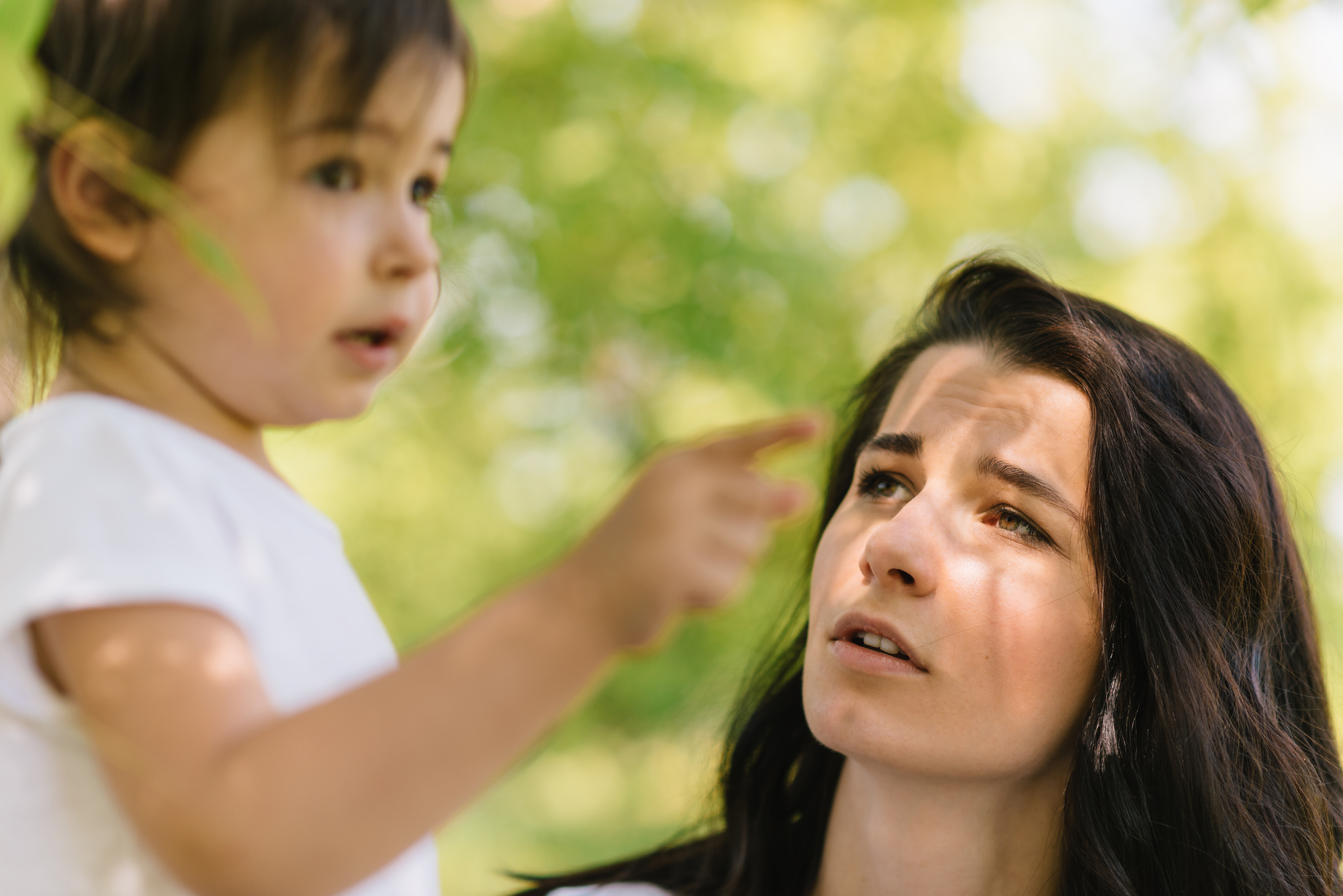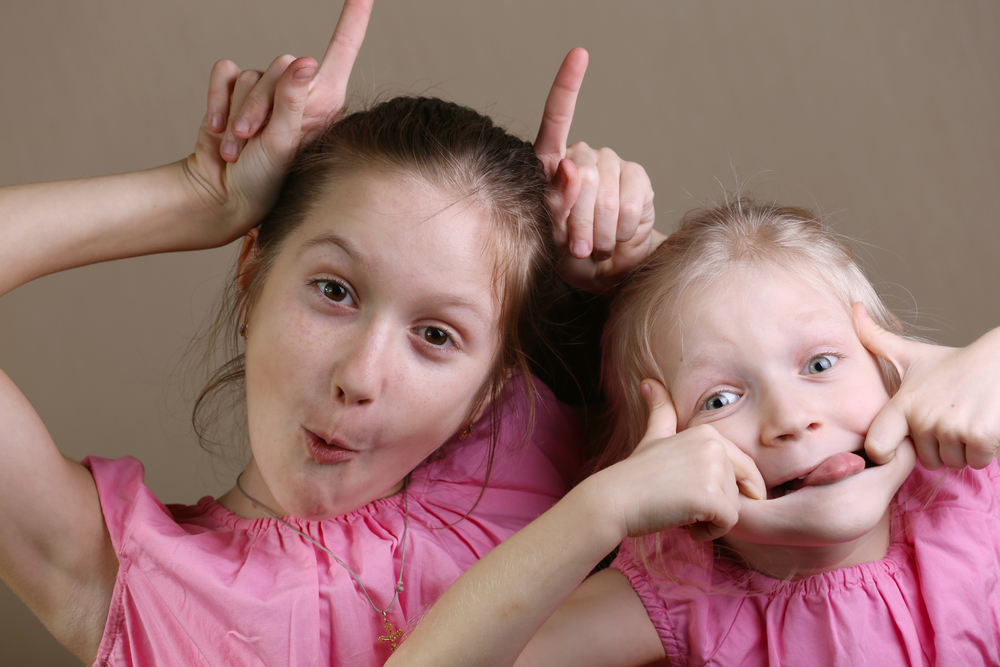One moment I was married and a father and then the next, I was raising 3 sons on my own. The youngest being 4 years old, and his older brothers, 11 and 12. At the same time I was in the process of taking redundancy from a government job of 23 years and starting my first business.
Starting a business after being an employee for so long was scary enough, but now that escalated to almost a panic. How was I going to handle both? Weren’t these two completely different roles I had to play?
Up until then, I had thought I understood people well. But now a new reality landed on me and I very quickly realised that, even though I’d had been in charge of staff in my government job, I only had a rudimentary understanding of people. The additional requirements of hiring and firing, starting things from scratch, planning, and building the business and its culture was huge enough, but now I was solely responsible for all of the day-to-day decisions in raising my sons as well. What I didn’t realise back then was that every conversation we have in life is either an adult-to-child or adult-to-adult interaction.
As new staff joined me in my government job, I’d spend time learning to understand them. Recognising their strengths and weaknesses I learnt how to talk to them, what worked and what didn’t. My team not only held the record for the most proficient team in Australia I also had their loyalty to the point that some wanted to resign and join me in my new business.
What I realise now is that, while training and developing my teams, the conversations were no different to adult-to-child conversations. The adult guiding and directing the child, which is no different to guiding and directing staff in their early stages. If I had realised that earlier, my life would have been much easier as I raised my sons. If I had known that I could have applied what I was doing at work successfully to what I needed to do at home. You see, the success of every interaction we have in life depends on the success of our relationships. And every relationship we have in life are personal relationships. The more we can understand others, the more powerful our relationships and the greater the results we achieve.
So, the first key in understanding our children is to learn what makes each child tick. It’s so important to remember that, regardless of what we read in horoscopes or every psychometric personality test, there are no two people on the planet who are exactly alike. No man, woman, or child! Not even twins are exactly alike. Similar maybe, but not the same in personality or character. That means that every person is different in one way or another, and that means they have a gift of one form or another which is unique to them alone. The first key to understanding people, and especially your children to create better and stronger relationships is through recognising those gifts and differences.
If I knew back then, what I know today, I could have removed my expectations off of my boys, made theirs and my life much easier. You see, our role as parents is not that of a sculpture or a carpenter, it is that of a gardener. Our role as parents and teachers is not to turn our children into what we think they should be, but to guide and nurture them so that they grow into the best versions of themselves. When we do this, we guarantee their happiness and future.
The first three keys to understanding your child, or anyone else for that matter, is to first know yourself. Recognise your own personality traits and how you take in information, how much information you need and how you process it and especially what things push our buttons. The next key is to understand your child’s personality and how they need to be spoken to and treated, and how that differs to you? And then, with those differences in mind, change the way you prefer to be spoken to and speak to them in the way they want and need to be spoken to. It’s only then that our children will respond to us in the way would hope. Now that’s simple to say, but how do we do it?
I’ve spent the best part of two decades researching and working in the area of understanding the range of different personalities. Through all of the different modalities, modern and traditional, I found four that worked integrate beautifully. The first helps me recognise mine and the other person’s personality. The second, gives me the communication structure and the last two together give me the confirmation that my read of them was correct.
Let’s look at these in reverse. How do we know if we have read them and communicated with them right? Just listening to what someone says does not tell us what they really feel or if they are telling us the truth. We know that when we can read any incongruencies between what’s said and what they give away in their nonverbal expressions and body language.
How do we go about understanding their personalities? Science has proven that personalities are a combination of nature (passed down in the DNA) and nurture (how we respond to our environment). So, the building blocks are there at birth, and the final structure is what we do with those building blocks. What we feel emotionally we show in our expressions and body language and we know any muscle we work grows. When we think deeply, we express it in our face, and we develop different features. As the eyes are a window to the soul, so too are the facial features the window to the mind. When you open that window and learn to look through it, you’ll truly know your child.
About Alan Stevens
Alan Stevens is an International Profiling and Communications Specialist regularly featured on National TV, Radio and in the World’s Press, profiling the likes of our leading politicians, TV and sports stars as well as Britain’s Royalty. He’s been referred to by the UK Guardian as the leading authority on reading people, globally and the mentalist meets Dr Phil by the Herald.
Alan has worked with international clients, the likes of Disney Films and Gillette, and high-profile organisations like the Australian Federal Police to help them to understand how people tick. Alan works with business owners and executives, helping them to understand and engage their clients and prospects, enhancing their presentations and negotiation skills. And with parents and teachers to help them enhance the ability of their children to reach their full potential while improving the experience of parents, teacher, and student.
His latest community initiative is The Campfire Project. The Campfire Project is a safe place for men and women to give themselves permission to tell their stories. To share their experiences and wisdom from around the world. This is his #WeTogether initiative.
To view on YouTube:









